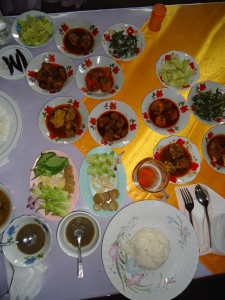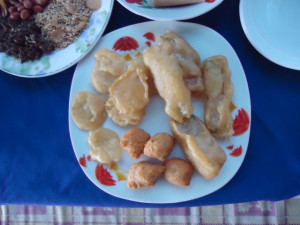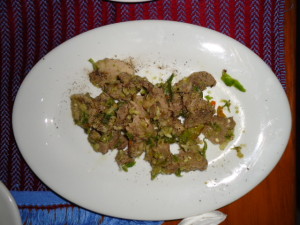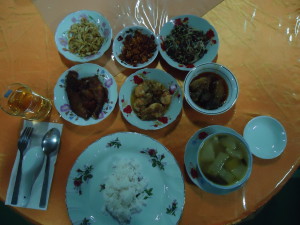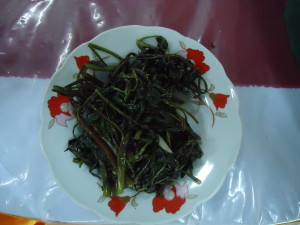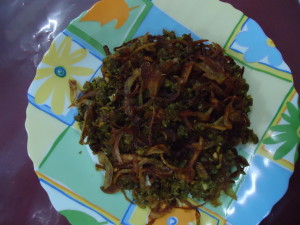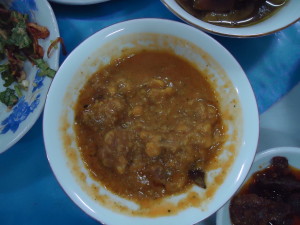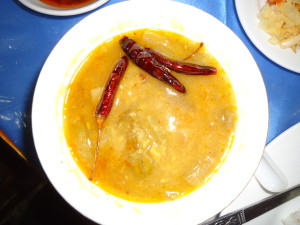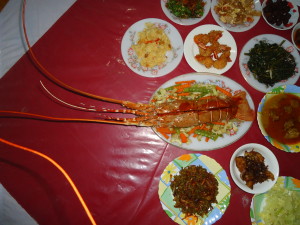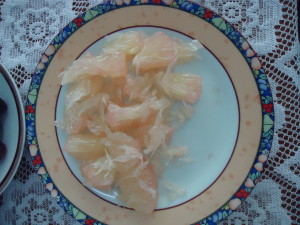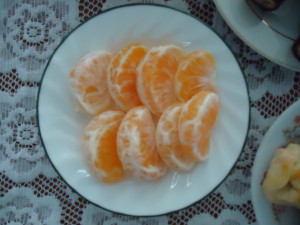Unnoticed by the world at large India has, over the last few years, made massive financial commitments to its eastern neighbour, Myanmar:
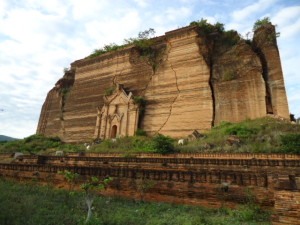
$9 million for the upgradation of hospitals in Sittwe (Akyab) and Sagaing;
$6 million for industrial training centres in Pokokku and Yangon; $25 million for ‘Border Area Development Projects’;
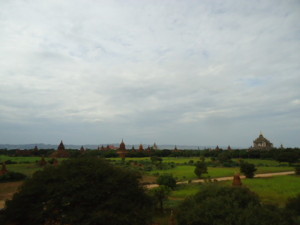
$3 million for the restoration of the Ananda temple in Bagan; $1 million for ‘reconciliation and reconstruction assistance’ in Rakhine (Arakan) State – and a great deal else.
The total commitment, including lines of credit, amounts to over US$ 1,500 million.[i]
A large part of this sum is devoted to infrastructure projects,
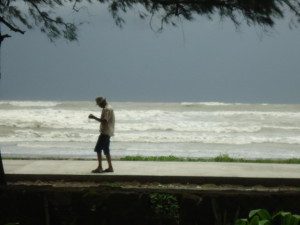 including a port at Sittwe and several roads in border areas, to connect the Arakan coast and north-western and central Myanmar to India’s northeastern states.
including a port at Sittwe and several roads in border areas, to connect the Arakan coast and north-western and central Myanmar to India’s northeastern states.
The projects have the potential of revolutionizing the economies of eastern India and western Burma should they ever be brought to their envisaged conclusion.
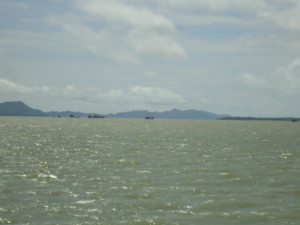
They would provide direct access to the Bay of Bengal to India’s landlocked North Eastern states and to several states in Burma.
Some of the projects,
are already quite far advanced while others are yet to get off the ground. Since many of these projects are in Rakhine State, Indian officials sometimes travel to this area to check on their progress. Recently an opportunity arose for me to trail along on one such visit so I lost no time in donning my long-doffed reporter’s hat.
Thus it happened that I came to be introduced to the food of the Arakan, with which I had no previous acquaintance. And a most remarkable cuisine it is too, combining many different influences with a refreshing lightness of touch.
The day might start with a breakfast like this one: (clockwise from top left) a few fritters, a plate of balachaung – a relish of crispy shallots and dried shrimp (Naomi Duguid’s fine book, Burma: Rivers of Flavor has a good recipe); a salad of sliced onions and chickpeas; slivers of pork and a fried egg.
Lunch might begin with a dish of raw edible flowers, sliced nuts and lime leaves, 
to be dipped in ngapi, a fermented fish sauce,
that is served in small bowls (bottom left) with a spread of fish, chicken and vegetables,
including one that I usually regard with distaste –
bottle gourd (known as lau in Bengali and lauki in Hindi). But this preparation, with a topping of scrambled eggs, is truly delicious.
Dinner is usually preceded by snacks, including almost always,
some pickled tea leaves,
a few pakora-like fritters,
which are never better than in Burma,
some succulent gingko nuts,
perhaps some

dry-cured, shredded venison,
maybe a tart salad
of tomatoes and garlic,
and perhaps even some stir-fried pork with chilies.
But woe betide if you sample more than a mouthful, for dinner itself is yet to come:
consisting perhaps of stir-fried cabbage, balachaung, mushrooms cooked with noodles, shrimp, fish and – an indispensable acompaniment to every Burmese meal – soup (in this instance of bottle-gourd).
The rice served with these dishes is of a delectable Arakan variety,
grown on a rice-field like this one.
And if you’re lucky you may even partake
of an Arakan banquet,
in which is served a dish of that incomparable South-East Asian specialty,
water spinach (Ipomoea aquatica), also known as kangkong,
and long beans
with coconut and crispy shallots,
and (I think) stir-fried tripe with tomato es,
es,
and mutton cooked with daal,
and  crispy greens with shallots,
crispy greens with shallots,
and  the best preparation of jellyfish that I’ve ever encountered,
the best preparation of jellyfish that I’ve ever encountered,
and, of course,
a soup, in this instance, of split peas,
and, as a final flourish,
an enormous crustacean.
The repast ends with
I did a Google search for Rakhine restaurants and it appears that except for a few in Rangoon, there are none outside the state. So this might well be the ultimate in locavore cuisines: you have to go there to sample it.
_________________________________________________________
[i] These figures were provided to me by the Indian Embassy, Yangon, Myanmar.



